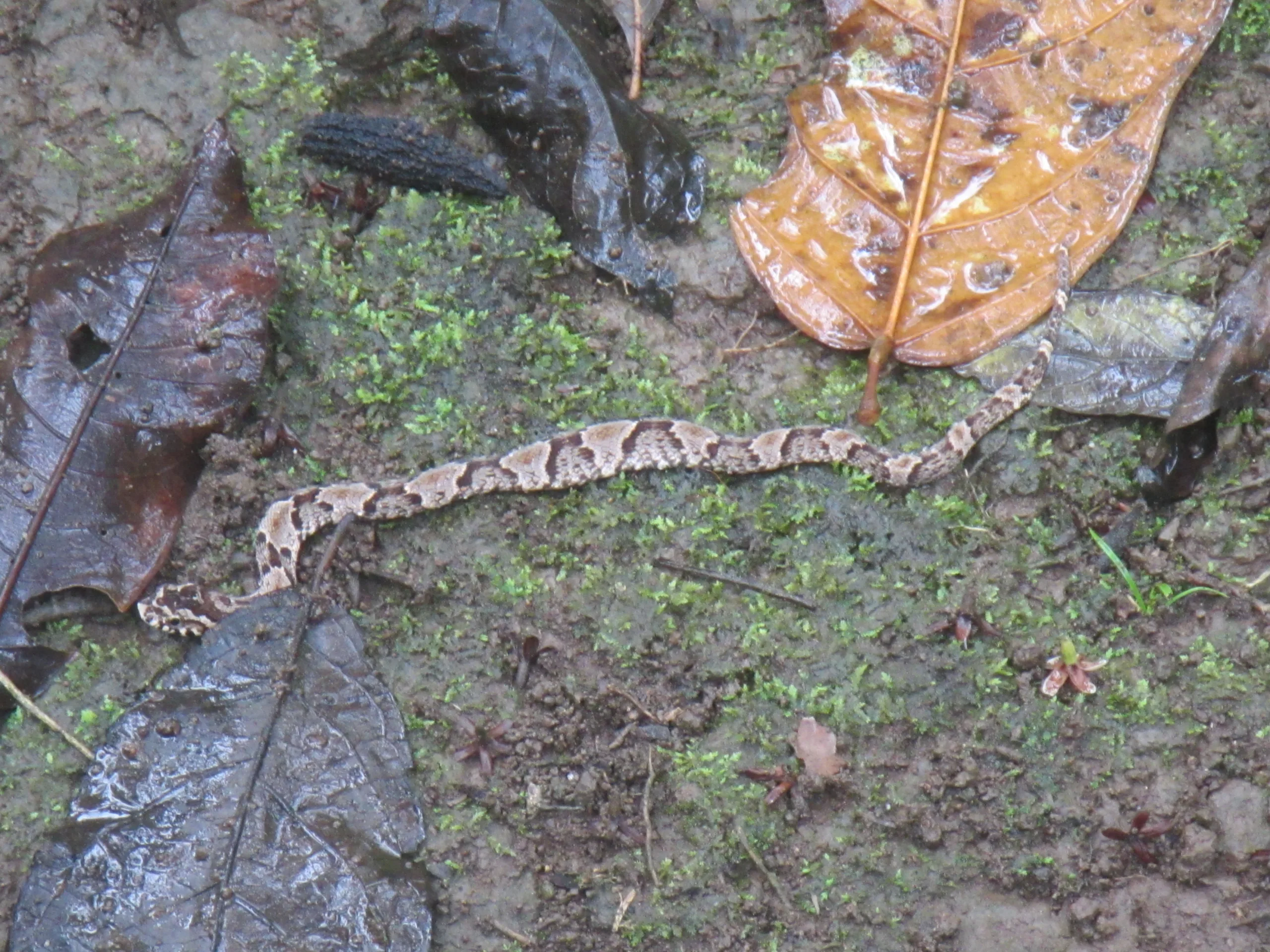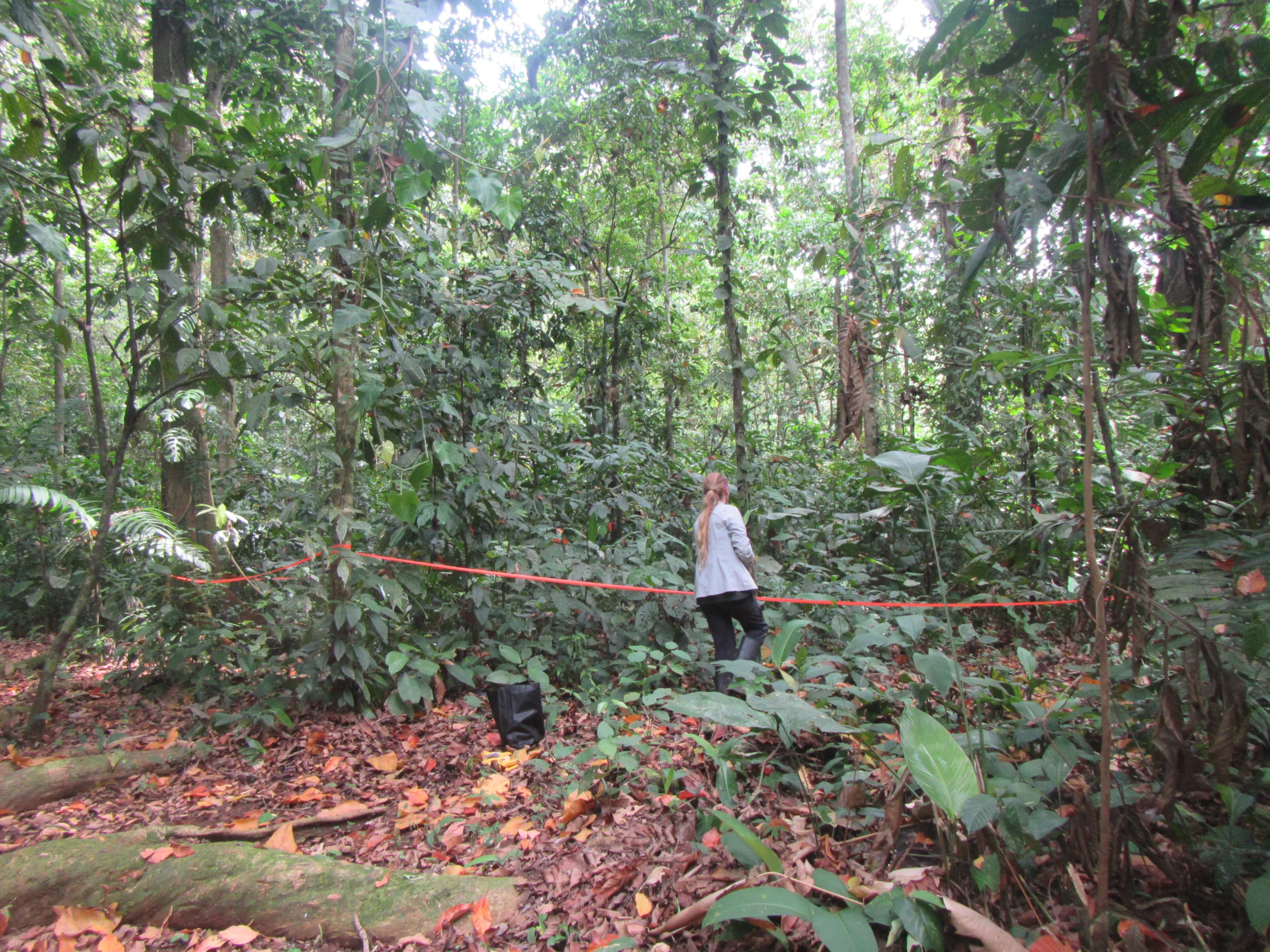It’s DR time!
The second part of the semester has arrived with amazing speed! … Directed Research (DR) is here! During the past couple of weeks, we have had DR prep days scattered throughout the schedule to get each DR group thinking about logistics and preparation of the work to come: what types of materials?, which sites to sample?, how many sites should be sampled?, should we sample or just observe?, what kind of information is really relevant?, and so many more interrogations… as a DR group we do our best to address all of these questions before getting into the field so that once we are actually out and about, we can really focus on getting data and making the best use our time.
DR preparation involves all sorts of activities: group discussions, experimental designing, writing proposals, gathering materials; in general, just getting ready for a wonderful time in the field learning how to do research and gathering good, useful data. Students are excited to kick start their data collection and professors are trying their best to keep enthusiasm up and going at the same pace for the next couple of weeks. Once DR starts, students gather all their materials, prepare their packed lunches, grab some snacks, and build the strength required to start long hours of field work under the guidance of their mentor.
This spring, the Principles of Resource Management (PRM) group is evaluating the anthropogenic impacts on rainforest biodiversity in the Bocas del Toro Archipelago. PRM students are conducting three different projects with the aim of identifying possible threats to biodiversity from edge effects, which is caused by human activities. We are using arthropod diversity, post-dispersal seed predation, carbon sequestration and tree diversity to evaluate the edge effect in the Neotropical Rainforests throughout the Archipelago. Three sites were selected, two islands similar in size and the mainland. Once in the field it is a whole different experience: we often walk several kilometers, either under the harsh sun or in the pouring rain away from the comforts of the Center. The focus of our research days is to lay linear transects, stop every 10 m or 20 m to set up sticky and pitfall traps, place plates with seeds in the forest floor, lay more quadrats, measure diameter at breast height (DBH), collect tree samples, such as leaves, flowers or fruits, and, most importantly to take a lot of pictures of what we see.
Research is a process of patience, and it is sometimes is not easy to perceive the value of it from start to finish. My favorite part is witnessing the students realize how fun but exhausting this process is; after two or three days of fieldwork, it becomes clear that field research is a lot of work but rewarding. DR is an integral part of SFS programs, it is the perfect opportunity for students to go through the process of starting with an idea, developing a research plan, collecting the research, making sense of it, and creating value by presenting it to the local community.

Forest Edge in one of the sites

Student Wenni Zhao setting pitfall traps in the forest floor

Creatures of the forest, tiny equis snake (Bothrops asper)

Student Emily Frank setting quadrats to measure DBH and estimate carbon sequestration

Student Jessica Rich checking plates with remaining seed
Related Posts


Alumni Reflections: Stories of the Return to Kenya
